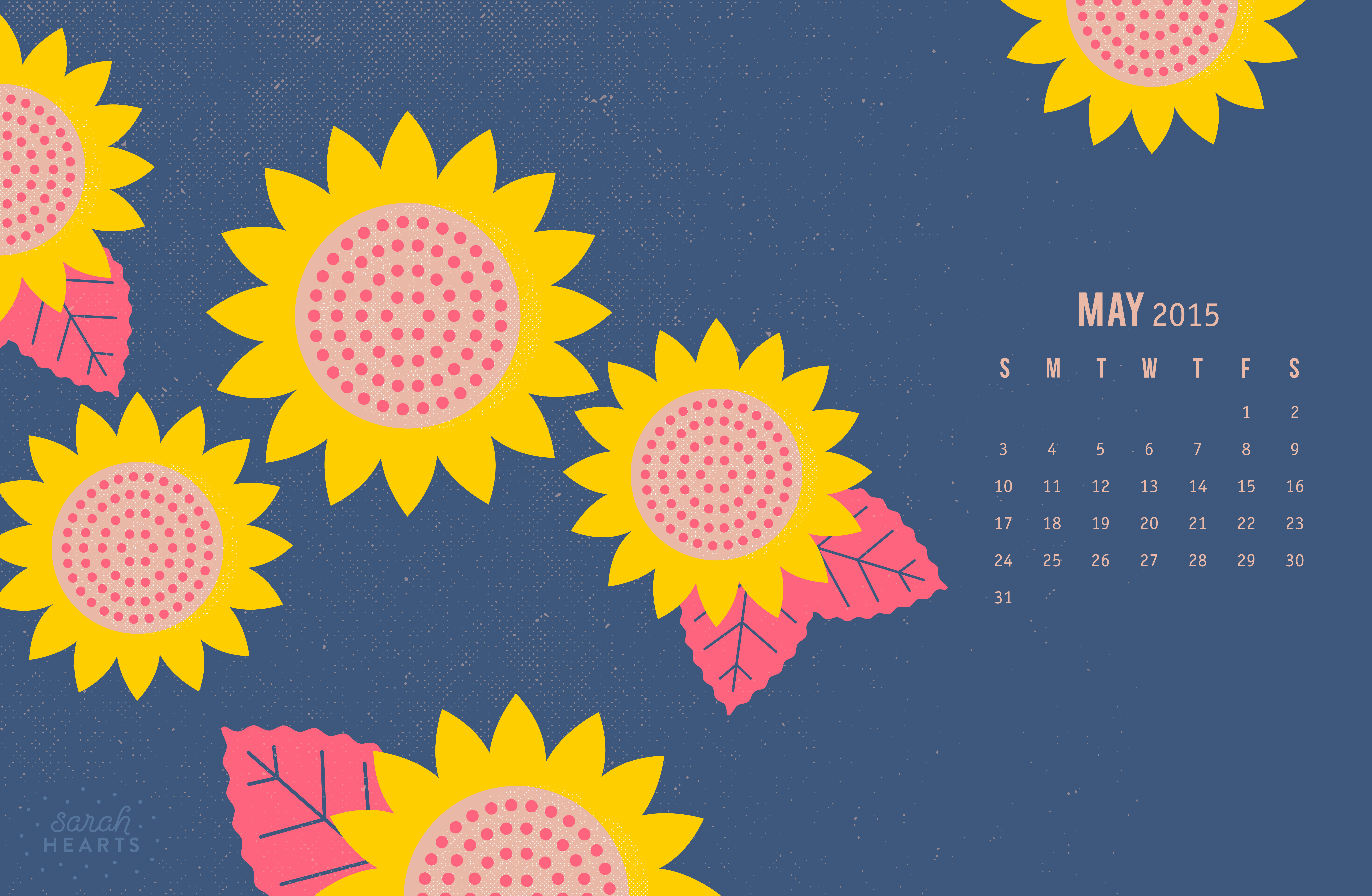

Some bilingual inscriptions in Greek characters written in ancient Greek and Thracian that were discovered in northern Greece could perhaps shed some light in helping to decipher the contents of the Thracians texts, something that certainly would reveal important information about the people of whom we still know hardly anything. However, this Indo-European language spoken by the Thracians is still a mystery and no one has been able to decipher it. So what mysteries remain from the first Thracians over 5,000 years ago? Although we know of some Thracian names and words, apparently they lacked their own alphabet and came to use Greek and Latin characters to perform certain inscriptions. If, as some scholars believe, they were intermingling with the people who inhabited Bulgarian lands since ancient times, they presumably exchanged knowledge, and their wisdom swelled as they incorporated the skills, practices, and information of the other culture. Archaeologists and anthropologists continue to be surprised by the kinds of advanced technological practices that the Thracians were using. For example, they had a rare ability for discovering and extracting natural deposits without harming nature.

There are many puzzles that arise when we investigate the ancient Thracians. Spread across Southeast Europe were groups of men and women who were highly skilled in working with refined metals, who were followers of a delicate mystique that worshiped the mother goddess, and who had complex funerary rituals immersed in symbolism.

The Thracians are well-known for their exuberant fighting spirit but the history of a population is not built only on its wars and the exploits of its soldiers and leaders, as it is usually read in encyclopaedias and history books. It was the intermingling between the local population and the new arrivals that allows us to talk today of the Thracians. But it is known that there were some who came from the North to the Balkans with their livestock, finding a place with a bright and attractive culture. Scientists and archaeologists still harbor serious doubts about who the people were that mixed with the Thracians around 5,000 years ago, from which Thracian civilization itself would emerge. On the other hand, we know that for years the world's oldest golden treasure was not found in Sumeria, nor in Egypt, nor in pre-Columbian America but in Varna (Bulgaria), and dates from 4,600 BC. Not coincidentally it was found in Provadia (Bulgaria) the oldest prehistoric city in Europe, dated between 4,700 BC and 4,200 BC, a fortified settlement of 350 inhabitants. In archaeological terms, evidence of civilization in Bulgarian lands date back thousands of years. There are many mysteries surrounding this ancient civilization that occupied what is now Bulgaria and some adjoining parts of Romania, Greece and Turkey. But for some of them, like the Thracians, what has been discovered barely casts a shadow over what is still unknown. Humanity itself has featured in the art, culture, and funerary rites of these civilizations, so while from a mollusk we only find a trace of fossilized shell, from a human we find much more than just remains, we find pyramids, mounds, sculptures, coins, tools, weapons, scripts, treasures, houses, palaces, altars, and more.Īll of this, in light of archaeology, allows us to know more about our ancestors. The passage of the millennia has brought us traces of ancient civilizations that shone enough to make their cultural glimpses last through the ages.


 0 kommentar(er)
0 kommentar(er)
